If you’ve noticed blistering or peeling paint on the exterior of your home, you’re likely dealing with a moisture issue in the siding. This is especially common in older homes, particularly those built before the 1960s. Not only does this problem make your home look less appealing, but it can also lead to more serious structural damage if left unaddressed. In this blog, we’ll dive into the causes of paint failure and offer professional solutions to help you keep your home looking its best while tackling the underlying issues effectively.
Identifying Paint Failure
The first step in addressing paint problems is knowing what to look for. When inspecting your home, check for bubbles or blistering in the paint—these can range in size and often break through the surface. These issues typically appear alongside moisture stains, which could point to deeper problems. The sooner you spot these signs, the easier it is to prevent further damage and protect your home’s structure. Regular inspections will help you catch these issues early before they become major concerns.
Understanding the Symptoms
When you see bubbles or peeling paint, it’s not just a surface issue. Moisture stains are a big red flag, often indicating hidden water damage or structural concerns. Close inspection of the affected areas is essential to understanding the full scope of the problem. By identifying these signs early and properly diagnosing the issue, you’ll be in a better position to address the root cause and prevent more extensive damage down the line.
Root Causes of Paint Damage
Moisture is often the primary culprit behind this type of paint failure. Various factors contribute to this problem. Heat transfer through walls can cause condensation, leading to moisture accumulation. The absence of effective moisture barriers is another common issue. Additionally, siding that’s not primed or adequately covered can absorb moisture. Internal pipe leaks and poor building airflow might also contribute to the problem. Lastly, unresolved leaks can exacerbate moisture issues, making them more challenging to address. Understanding these factors is crucial for developing targeted remediation strategies.
Exploring the Causes
So, what causes paint to fail like this? Moisture is usually the primary culprit. Several factors contribute to this issue, including:
- Heat transfer through walls, which can lead to condensation and moisture buildup.
- Lack of moisture barriers, allowing water to seep into the siding.
- Unprimed or poorly covered siding, which absorbs moisture.
- Internal leaks, such as those from pipes or HVAC systems, adding to the problem.
- Poor airflow in the building, which can exacerbate moisture issues.
- Leaks that haven’t been fixed, leading to ongoing moisture exposure.
Understanding these root causes is critical to finding long-term solutions that prevent future paint failure.
Effective Solutions
Simply repainting over blistered or peeling paint won’t solve the issue—it’s essential to address the moisture problem at its source. Here are some potential solutions:
- Siding replacement: In severe cases, replacing the siding may be necessary to stop moisture from penetrating your home.
- Historic homes: If you’re dealing with an older, historic home, carefully removing and reinstalling the siding can preserve its character while solving moisture problems.
- Stripping the siding: In certain cases, stripping the siding down to its base allows for a thorough examination and treatment of the affected areas.
These strategies help target the root cause of moisture infiltration, giving your home the best chance at a lasting fix.
The Maintenance Plan
After fixing the immediate issue, a maintenance plan will ensure your paint job—and your home’s structure—stay protected for years to come. Here’s what you should include in your maintenance routine:
- Regular inspections: Keep an eye out for any early signs of paint failure or moisture damage.
- Remove peeling or loose paint: This ensures the surface is ready for the next layer of protection.
- Apply a high-build primer: Products like XIM Peel Bond create a solid base for your new paint, helping it last longer.
- Use specialized paint: Look for paints designed to protect against moisture and other environmental factors and be sure to apply two coats for maximum durability.
By staying proactive, you can protect your home from future paint failures and keep your investment in top shape.
Final Thoughts
Dealing with paint failure, particularly blistering and peeling paint caused by moisture in the siding, can be a daunting challenge. With the right approach and professional guidance, you can effectively preserve your home’s beauty and structural soundness. By understanding the underlying causes and implementing effective solutions and maintenance strategies, you can ensure that your home remains visually appealing and structurally secure for years to come.
For further resources, expert advice, and detailed guides, visit our website at sisupainting.com and check out blog at sisupainting.com/blog. We are always ready to assist with more information or help you need.

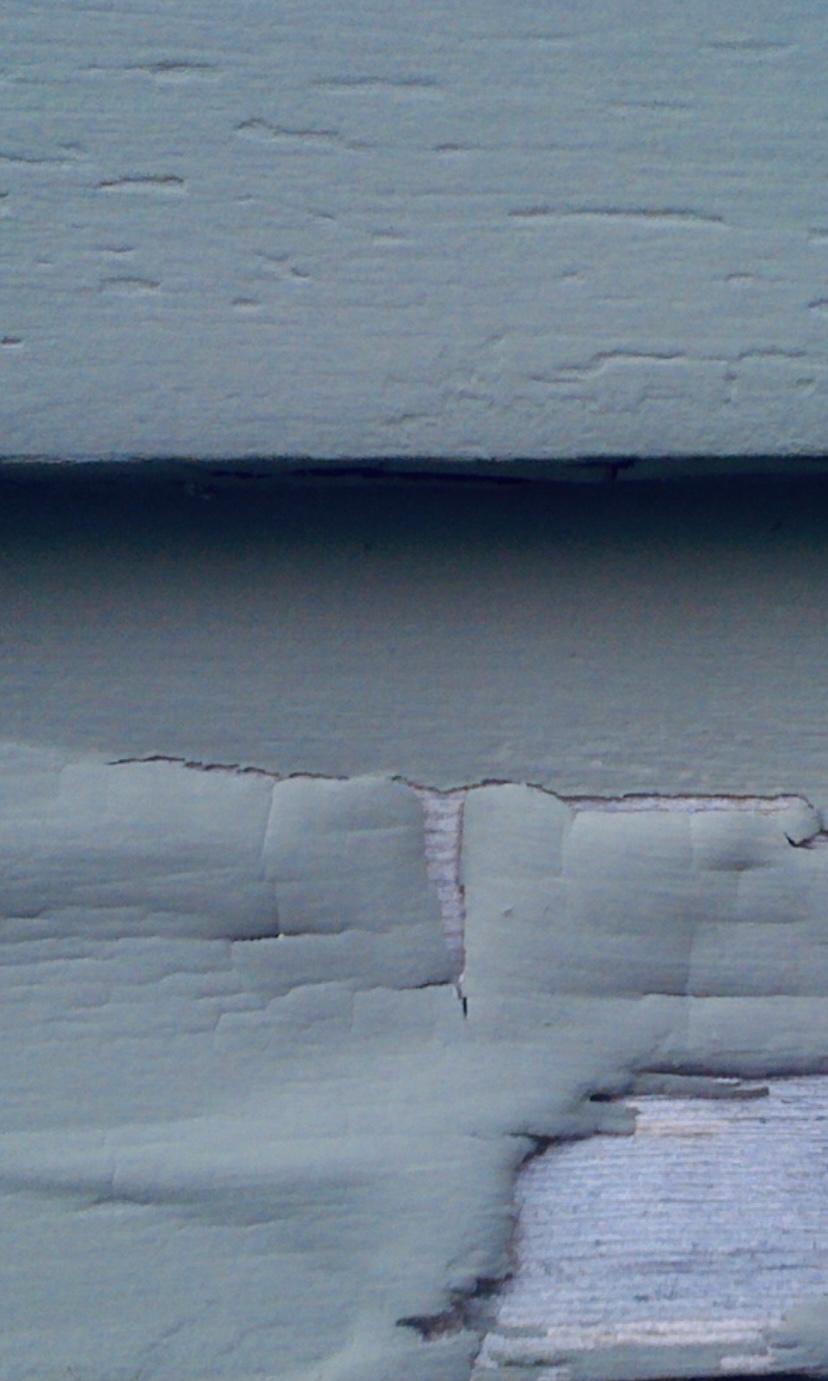
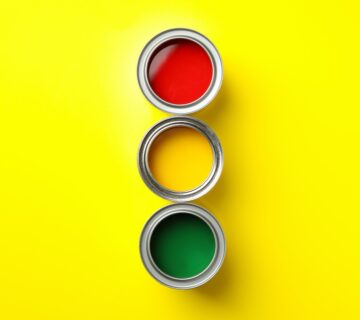
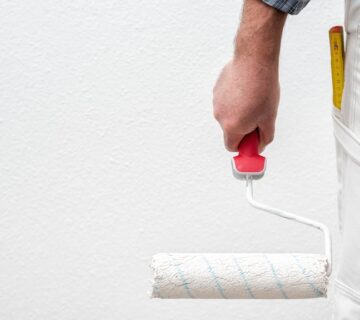


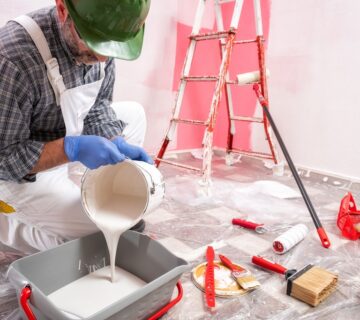
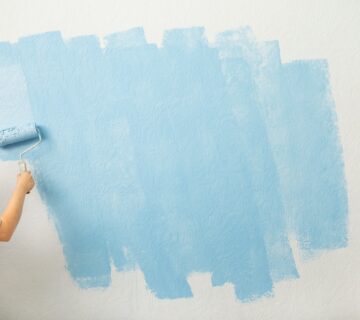
Thank you for providing such detailed information and guidelines. Try to identify and eliminate the source of the moisture. Prepare the surface by removing all the loose paint with the scraper or stiff wire brush, sand rough edges, and apply the appropriate primer. Repaint with top-quality acrylic latex exterior paint for best adhesion and water resistance.